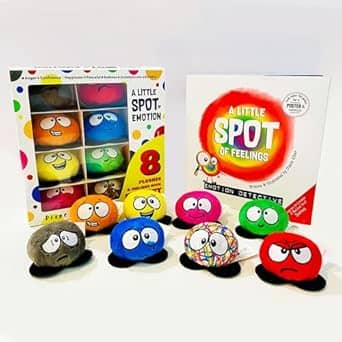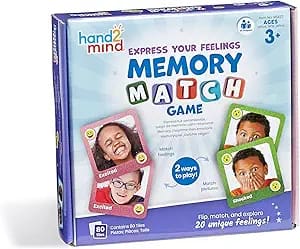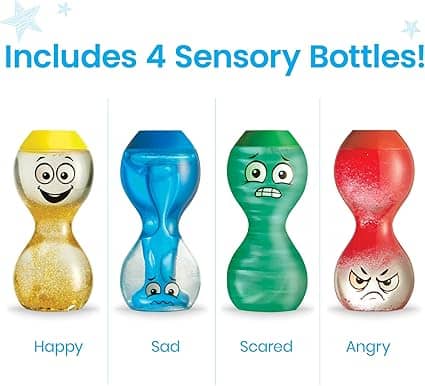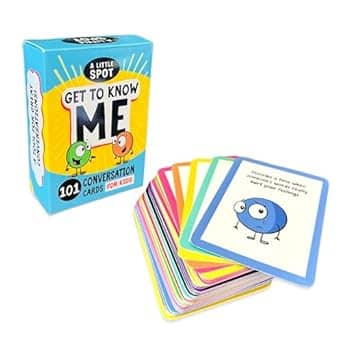Teaching children to communicate and express their feelings effectively is crucial for their emotional development because it lays the foundation for healthy relationships, self-awareness, and emotional regulation. When children learn to articulate their emotions, they can better understand themselves and others, which fosters empathy and reduces feelings of frustration or confusion. This is particularly important for children who may struggle with emotional expression, such as those with autism or other exceptionalities.
Effective emotional communication skills also enhance a child’s ability to cope with stress, manage conflicts, and seek help when needed. When they can express their needs and feelings clearly, they are less likely to resort to maladaptive behaviors like aggression, withdrawal, or tantrums. Furthermore, being able to label and discuss emotions helps children develop a vocabulary for emotional experiences, empowering them to navigate complex social interactions and build self-confidence.
Incorporating emotional literacy into everyday learning, whether through role-playing, story-telling, or visual aids like emotion charts, can provide children with the tools they need to become emotionally intelligent adults. It’s also important for educators and caregivers to model effective communication and validate the child’s feelings, creating a safe and supportive environment where children feel comfortable expressing themselves. Ultimately, developing these skills early on contributes not only to a child’s emotional well-being but also to their overall mental health, academic success, and interpersonal growth.
Here are some ideas on how to teach children about feelings.
1. Model Emotional Expression: Demonstrate healthy ways to express feelings by talking about your own emotions and how you handle them.
2. Use Feeling Charts: Provide visual aids, like feeling charts or emotion cards, to help children identify and label their emotions.
3. Encourage Storytelling: Ask children to share stories about their day or experiences, and guide them to include how they felt in those situations.
4. Practice Active Listening: Show that you are listening by giving full attention, asking questions, and reflecting back what the child says.
5. Role-Playing: Use role-playing to practice different scenarios where children can express their feelings and find solutions.
6. Teach Emotion Vocabulary: Expand their emotional vocabulary by introducing new words for different feelings and discussing their meanings.
7. Create a Safe Space: Ensure that children feel safe and understood when they express their emotions, without fear of judgment.
8. Use Books and Media: Read books and watch shows that focus on emotions and discuss the characters’ feelings and responses.
9. Encourage Journaling: For older children, suggest keeping a journal where they can write or draw about their feelings.
10. Validate Their Feelings: Acknowledge and validate their emotions, helping them understand that it’s okay to feel and express their feelings.
Feelings toys, books, and games, we LOVE.
A Little SPOT 101 Get to Know Me Conversation Cards
Learning Resources Who’s Feeling What?, Social Emotional Learning Games
TOMY A Little Spot Mix and Match Kids’ Craft Kit
A Little SPOT Alphabet ABC Feelings Flash Cards
hand2mind Express Your Feelings Sensory Bottles
hand2mind Express Your Feelings Memory Match Game
Learning Resources Feelings & Emotions Puzzle Cards
A Little SPOT of Emotion 8 Plush Toys with Feelings Book Box Set





Love & Co. Therapeutic Interventions
referrals@loveandcompanytherapies.com☎ 1 (941) 557-3881☎ 1 (941) 264-8641
Follow us on Facebook and Instagram!
If you like our resources, please like and share our pages!
https://www.facebook.com/loveandcotherapy
Love & Co. is an Amazon Affiliate member.
Leave a Reply